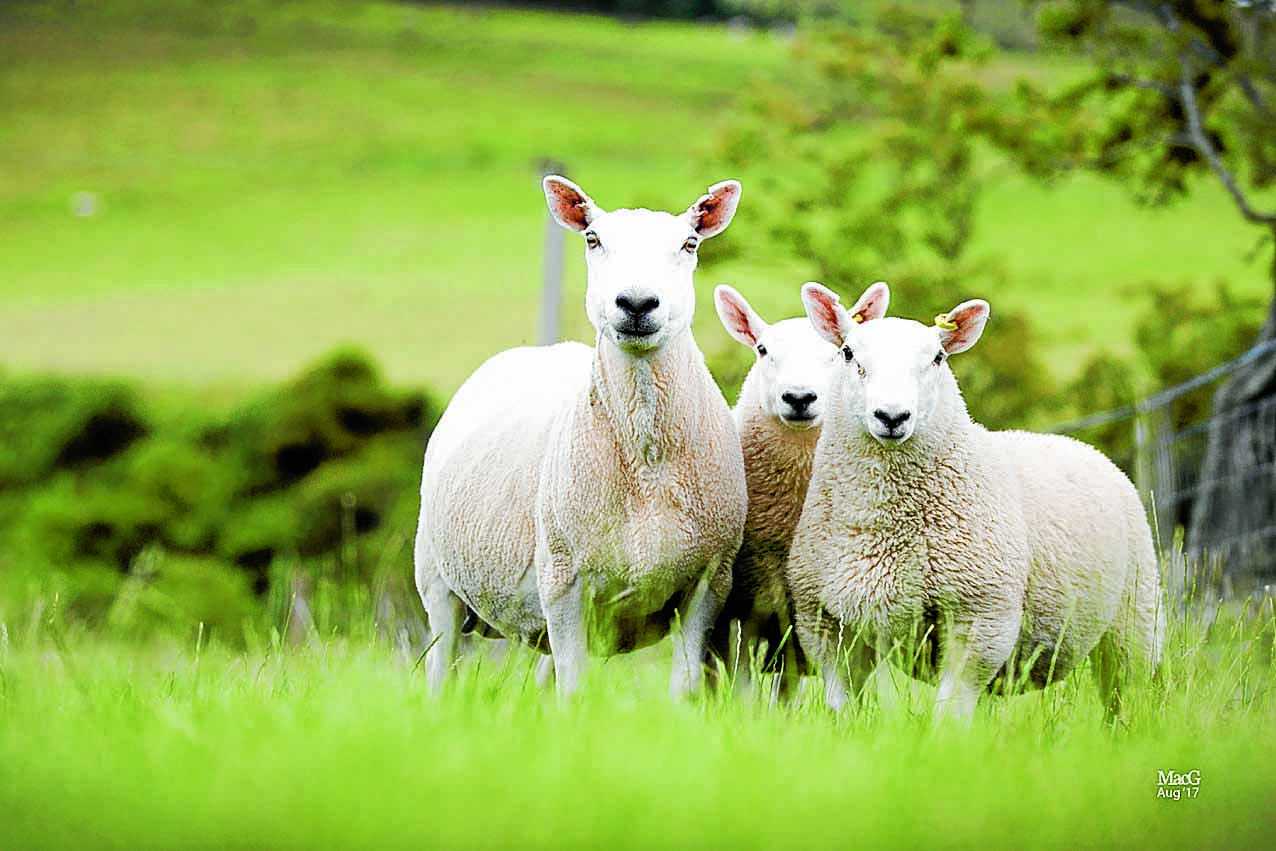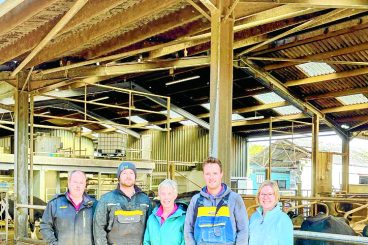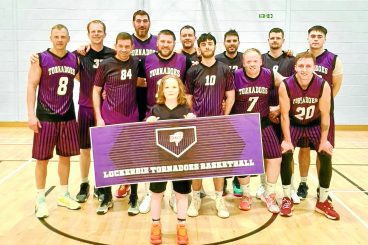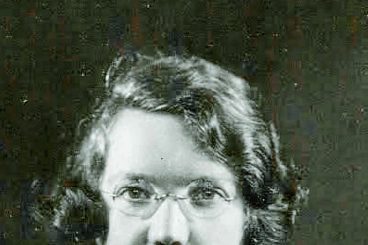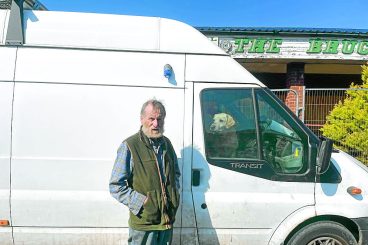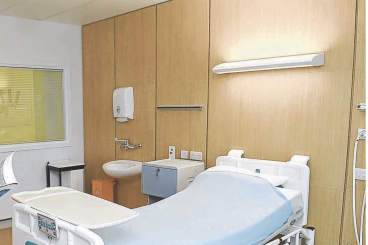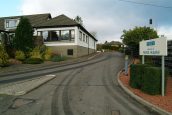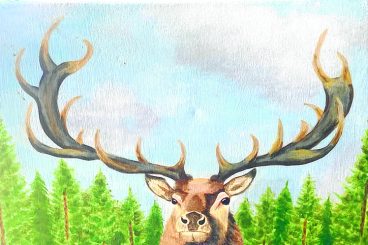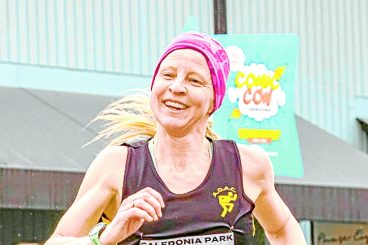Figures from the North Country Cheviot Sheep Society show a 70 per cent increase in ram sales in the borders and northern England between 2011 and 2020.
At the same time, average prices at society ram sales at Lockerbie, Longtown and Clitheroe show a 53 per cent increase, from £500.75 to £768.50.
As a result, the North Country Cheviot is on its way to becoming one of Britain’s most popular native hill breeds.
Kirkcudbright farmer Paul Sanderson is a recent convert, introducing a North Country Cheviot ram to a flock of 40 English mules last year.
Paul manages a flock of 600 Texel x Charollais, English and Scottish mules, as well as 20 pure bred Texels and Charollais and 20 Shetlands.
He also has Shetland cattle, pedigree blonde cattle, goats, alpacas, and free-range chickens.
He said: “I bought the North Country Cheviot tup to add longevity to the ewes and vigour to the lambs at birth.
“I’ll be keeping the gimmer ewes to cross with the Texels and Texel x Charollais next year to improve motherability in the ewes.”
The 40 English mules are currently lambing, and Paul said everything was moving forward without any problems.
“It’s been easy going so far, they’re lambing well,” he said. “I’m hoping they’ll producing something that’s got some width and lasts a bit longer than the mule ewes, that’s why I’ve introduced the tup.”
The North Country Cheviot is the largest of the UK hill breeds and comes in two types – the Hill and the Park.
The former was developed for its thriftiness and health, meaning it thrives in the poorest upland conditions, while the Park is larger, heavier and more suited to grassy hills. Both make excellent crossing sires.
According to Melfyn Williams, president of the North Country Cheviot Sheep Society, another factor is the mothering instincts and longevity of both rams and ewes. North Country Cheviots running on the hill return a lambing rate of around 150-180 per cent and have fewer triplets.
Mr Williams said: “North Country Cheviot ewes are renowned for being excellent mothers and this is reflected in the quality and health of their offspring, which rarely have problems.
“They also have a long working life. Draft ewes are sold for good prices at around five years of age and go on to produce another two or three crops of lambs.
“Combine this with the fact that in both store and prime markets, North Country Cheviot crosses often provide an uplift in price to achieve a higher-than-average price and it’s easy to see why “The Northie’s” popularity is on the up.
“From a commercial point of view, I believe they offer a great deal of benefits to sheep farmers in all areas.”





